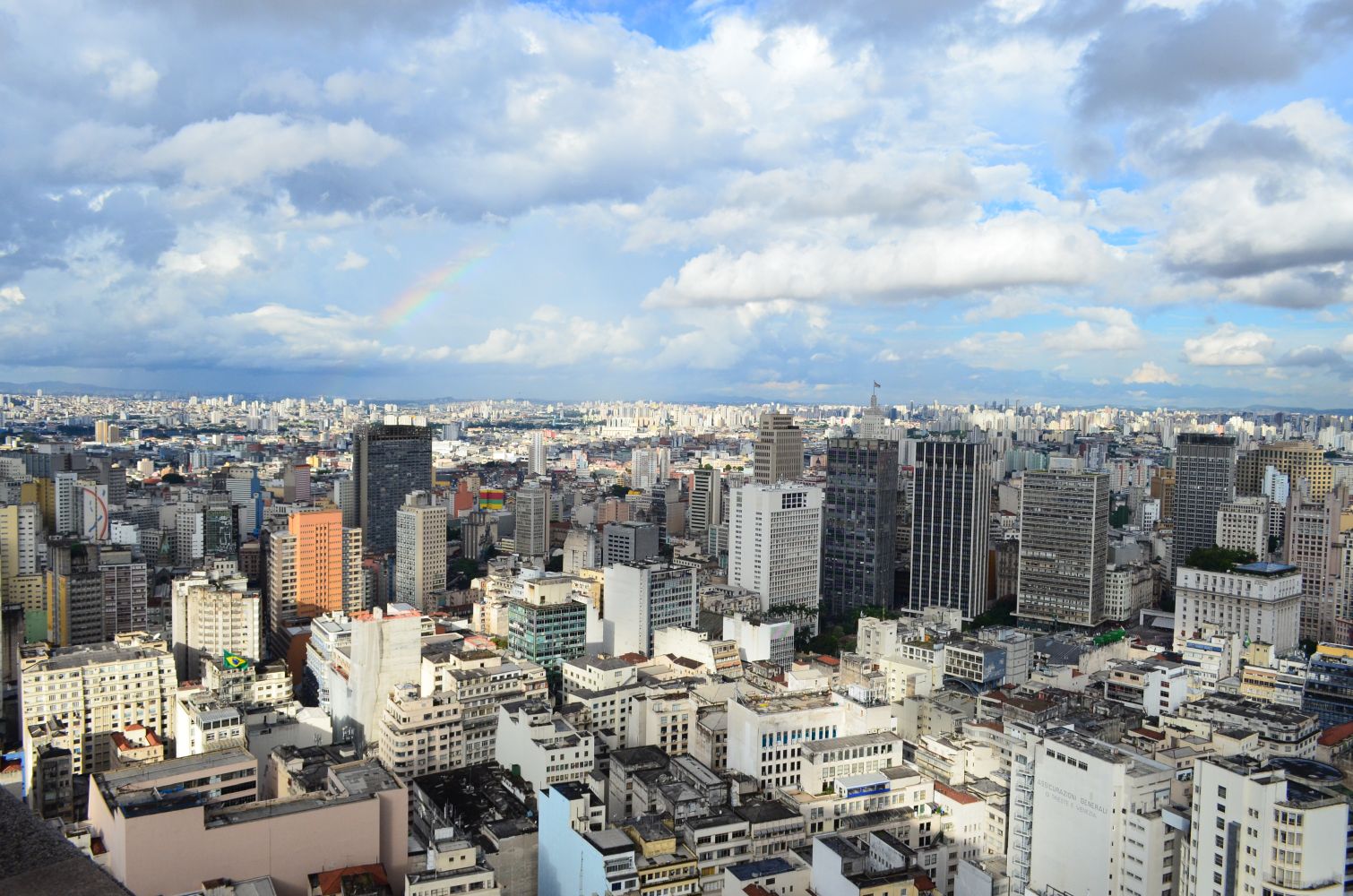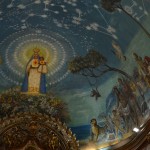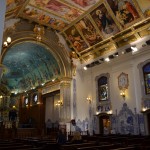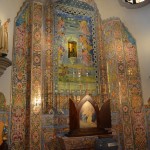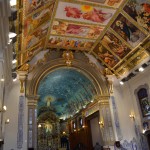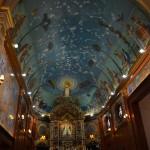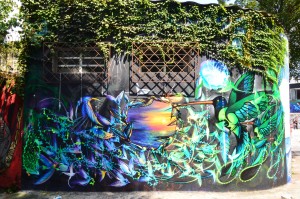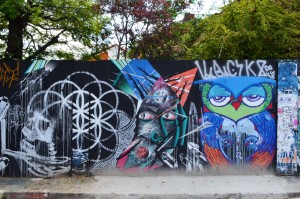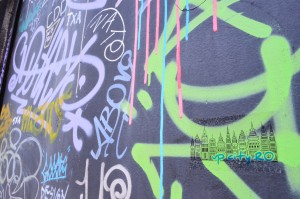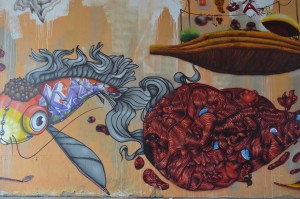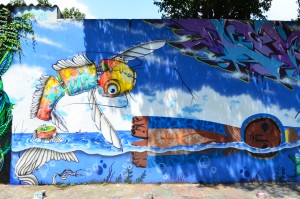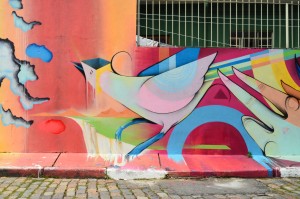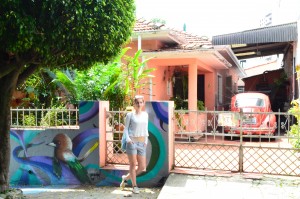Sao Paulo
Come to Sao Paulo with an open mind, ready to make friends and don’t expect your average city break.
What Sao Paulo lacks in beaches (compared to Rio) it makes up for in architecture. This city is filled with every kind of architectural experiment you can think of. It is at the same time a jewel of urban planning and a canvas for the street artists.
Like every diamond in the rough, it’s hard to get to it and by that I am referring to the GRU International Airport which is 30km away from the city. That might not sound like a lot but factor in the traffic for a city of 19million people and you start to understand why it’s so expensive to get in and out.
We took a taxi that our airbnb host arranged in advance and paid 120 reals both. The local bus would have been 45 reals each till the central bus station.
The taxis should be white with a red license plate so keep an eye out if you plan on arranging your own taxi ride. The airport info desk should be able to help.
So there we were, in the heart of Jardins neighbourhood (pronounced Jarjins and never Jardans because Portuguese has a love hate relationship with the French language). Everyone I ever asked about where to stay in Sao Paulo recommended this and only this area. In retrospect I understand why: it’s close to Paulista Avenue, close to Ibarapueira Park, close to Villa Madalena, great connections for other parts of the city and from what I understand, Rua Augusta is party central on the weekends.
The neighbourhood starts out from the sky scrapers of the Paulista Avenue and slowly melts down towards some of the most luxurious mansions I’ve seen. Between blocks of apartment buildings you can find all sorts of trendy bars and international restaurants although there are still places that resemble the day to day Brazilian pub experience.
The privileged Paulistas are kept safe by endless rows of barb wire, a sight so common in Sao Paulo that I dont think they even notice it anymore. Seeing electrified barbwire fences everywhere made me feel the opposite of safe.
We made our way out of the upscale area and got off the bus close to where we knew we can find the famous Mercado Municipal and it’s even more famous Mortadella Sandwich.
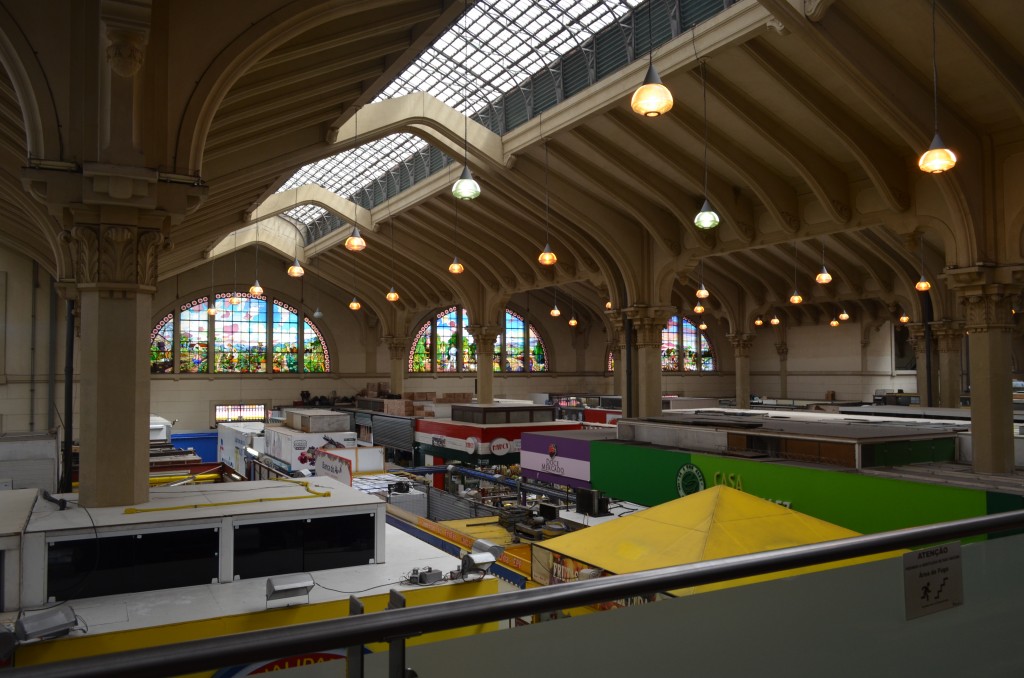
The market is really nicely organised and decorated and the upstairs restaurants are clean and have excellent service. Pictures of the monster sandwich are plastered everywhere so as you walk up the stairs you can’t help but think about what is coming next.
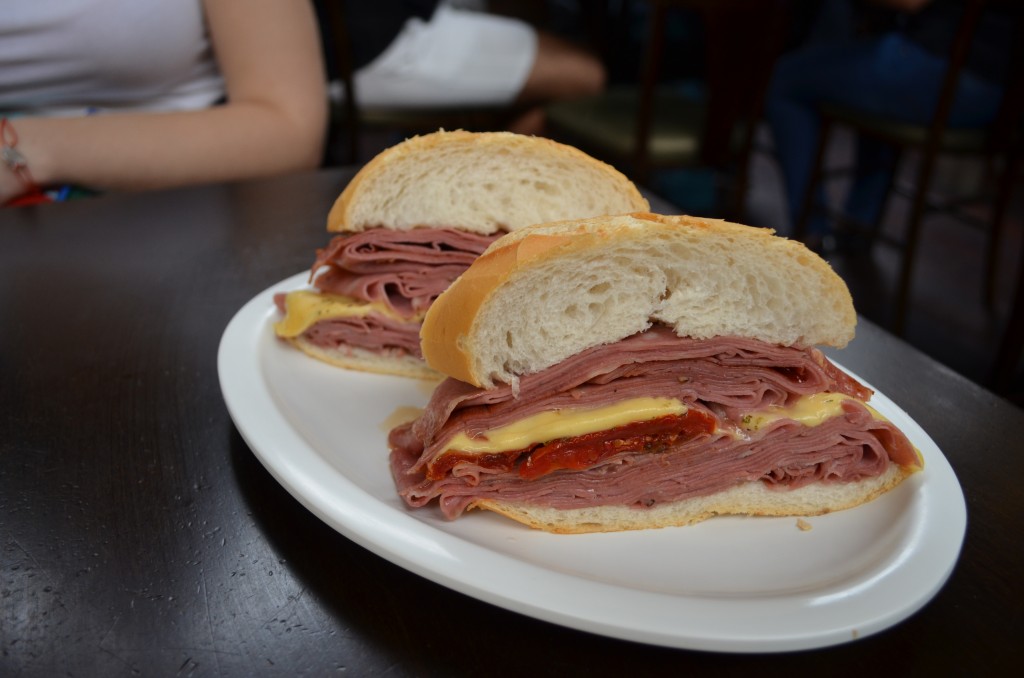
The picture above shows one normal serving so it’s safe to just order one and split it, it’s so salty and intense that you will have trouble finishing half anyway.
From the market you can walk towards downtown, the historic centre. As expected, the central area is huge and diverse, with everything from gorgeous churches to modern art installations, street markets and general chaos.
The city was founded around this building, the Pateo do Collegio in 1554. The Jesuits that founded the school did not get along well with the slave owning, jungle exploring Bandeirantes who were the main inhabitants of the area at that time so the priests were kicked out for a couple of years.
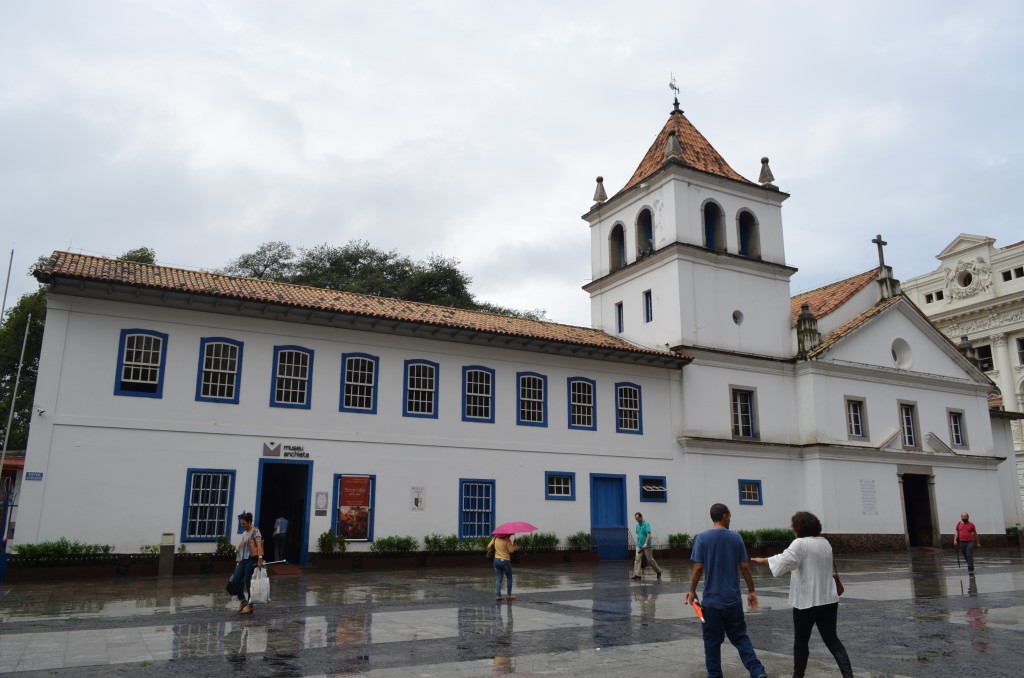
Also close by you will find the Catedral de Se and the square and park that come with it. I’ve marked these places on the map at the end of the article for an idea of how spread out the landmarks are and for easy import into your own itinerary.
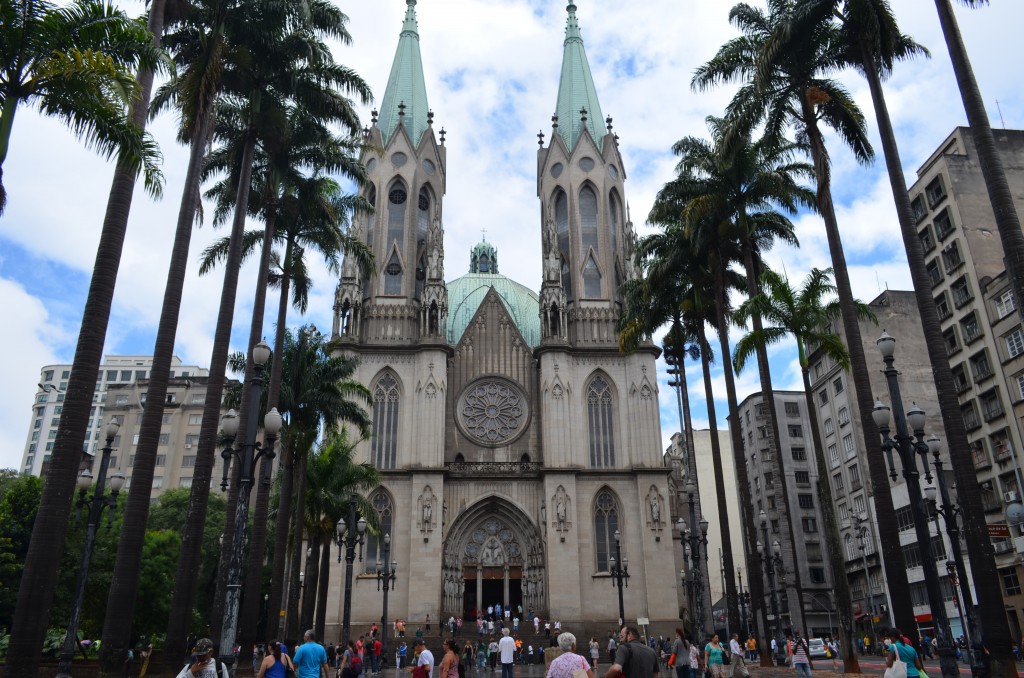
The inside of the Cathedral offers a nice shelter from the heat and/or pouring rain from outside as well as a relief from the intense piss and garbage smell that inundate the square.
Two blocks down there is an open air concert venue, complete with this projection area.
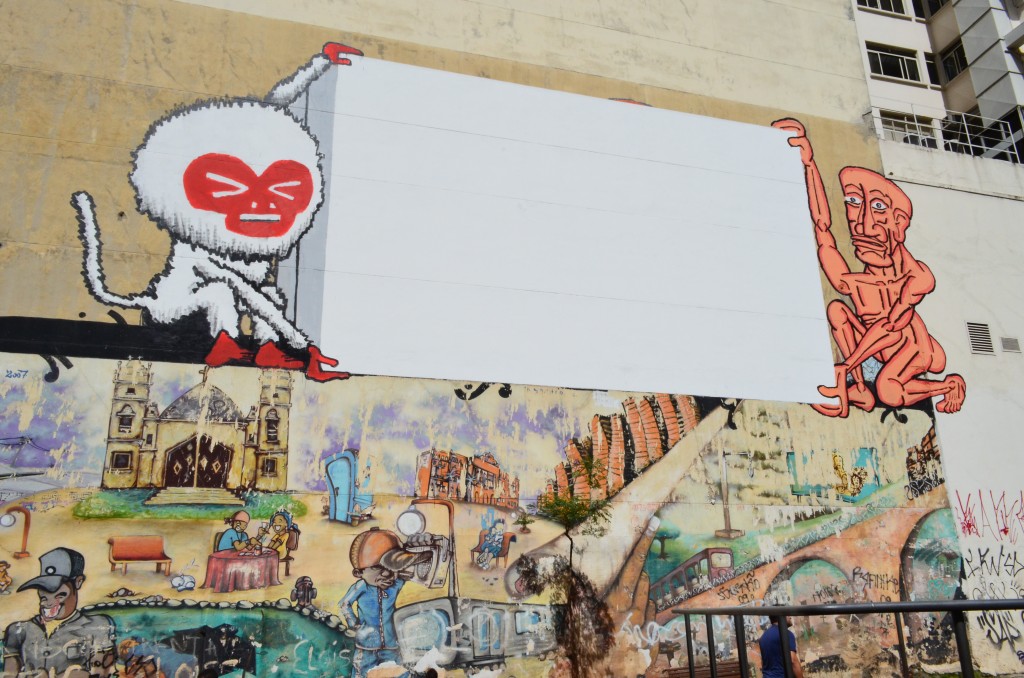
Keep walking and you will reach the Municipal Theatre.
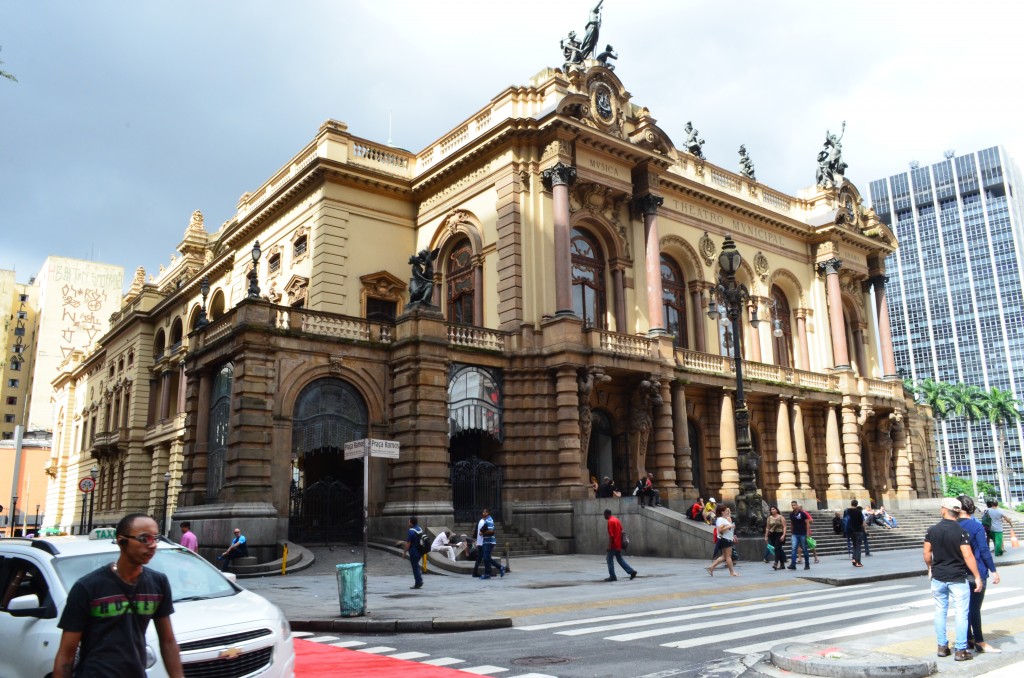
It’s delicate presence is contrasting heavily with the surrounding area, a busy intersection with so many ways to cross the street that you never know where to look. I would say it’s safe to observe the locals and copy their rhythm when it comes to street crossing.
After 4 days in Sao Paulo I can’t say I fully understand how the traffic lights work and not even our host was able to explain why pedestrians don’t have dedicated lights and what are the right of way rules. Just go with the flow, I guess.
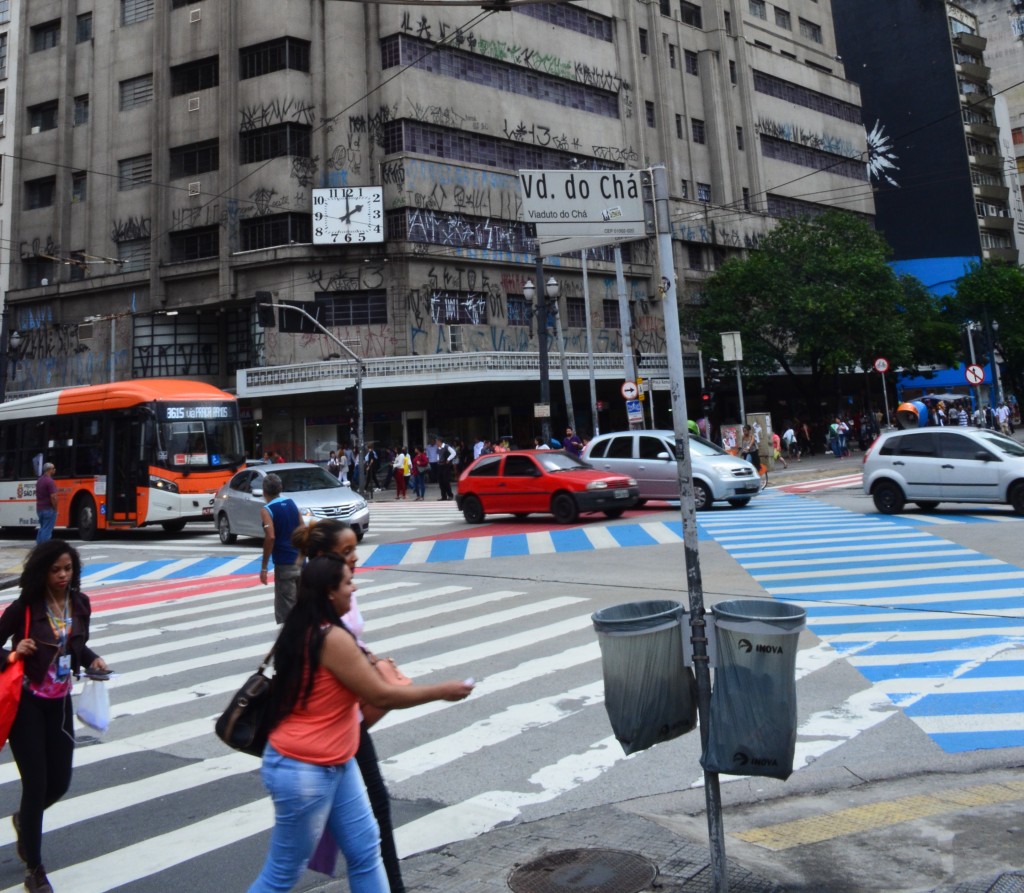
The street leading away from the theatre is more of an open market, with traditional street food being prepared, fresh sugar-cane juice and tarps with bootleg DVD collections, bringing us back to a time when it was faster and cheaper to buy content off the street rather than downloading it online.
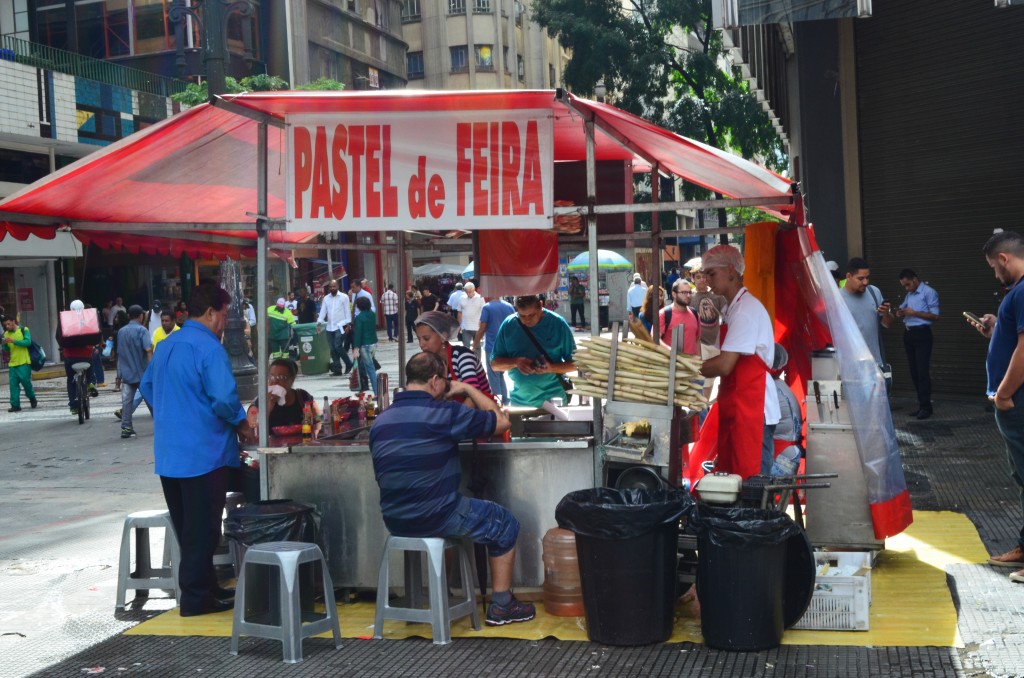
If you still have energy, keep on going till you reach the Circolo Italiano or the Italian Building. The 40 storey office building allows visitors to go to the top free of charge and the views are worth standing in line at the elevator for a bit. It’s closed around mid-day and opens again at 16:00.
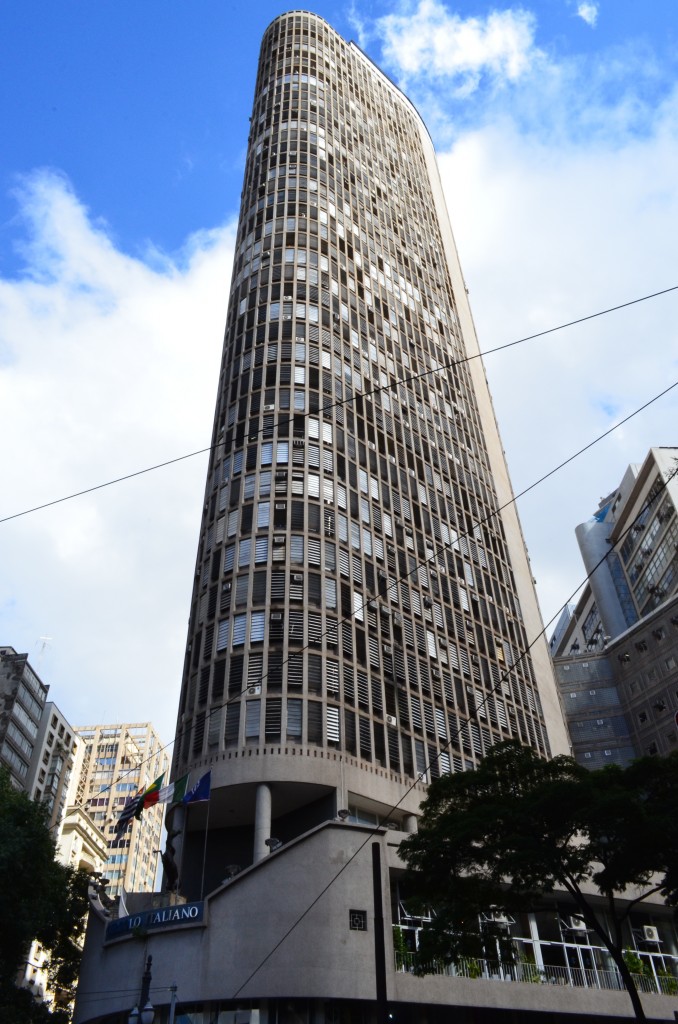
From the top, we saw for the first time the true scale of this massive city. All around you can see a concrete jungle, millions of flats and millions of windows, holding the stories of more people that my brain can compute.
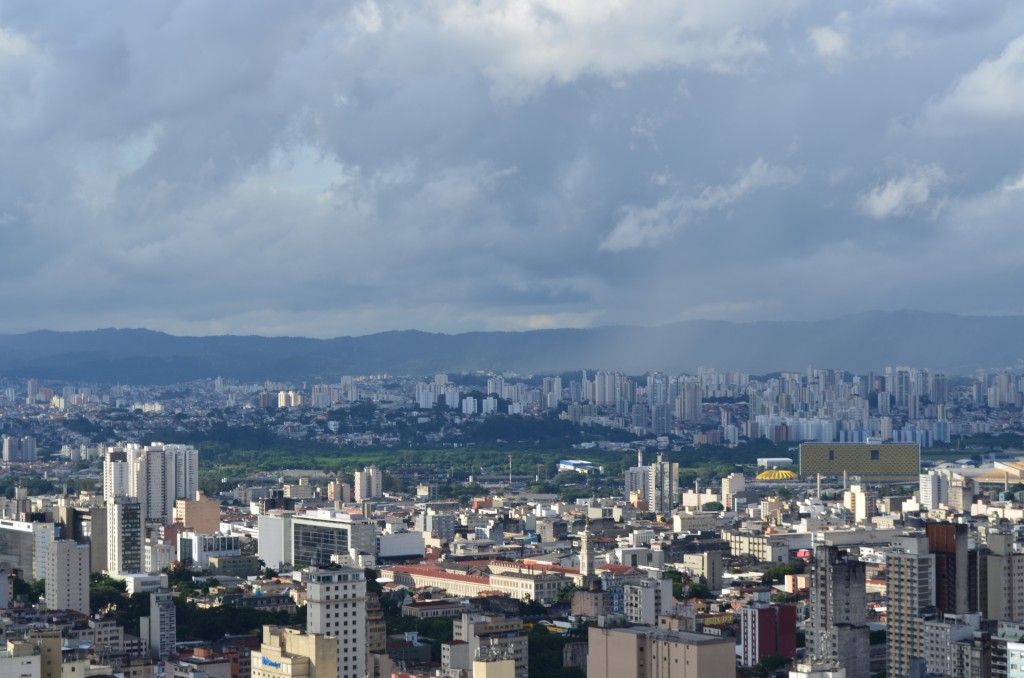
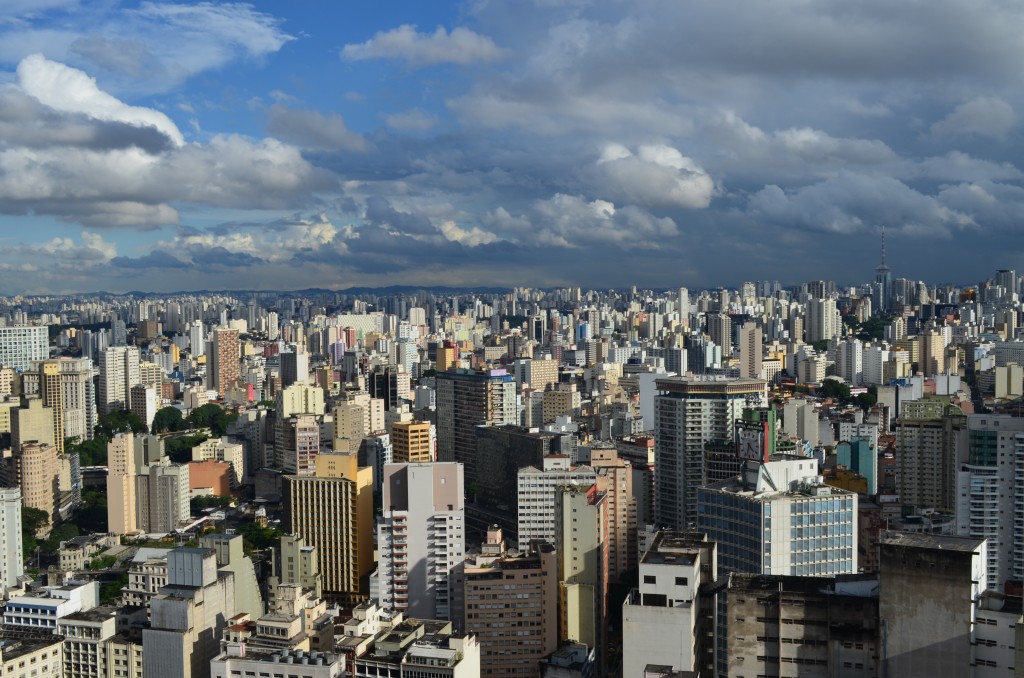
If you reach the building and it’s closed for a couple of hours, you can stroll towards the Roosevelt Square, where this grey church is. Dont be quick to judge, once you go inside and look up, the purple and green backdrops bring out all the colours of the murals.
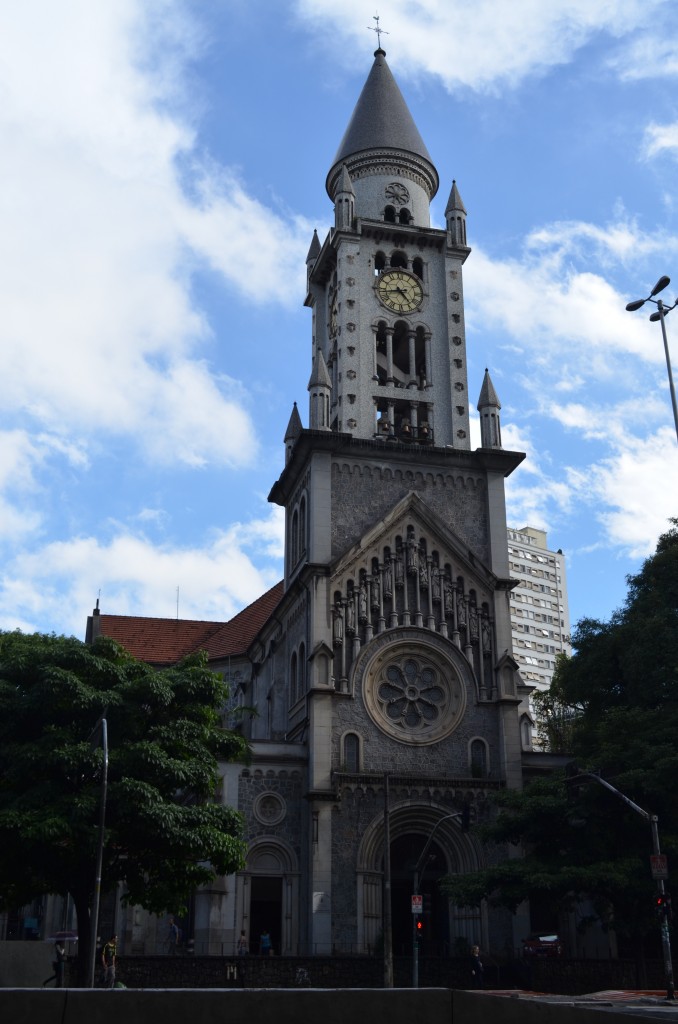
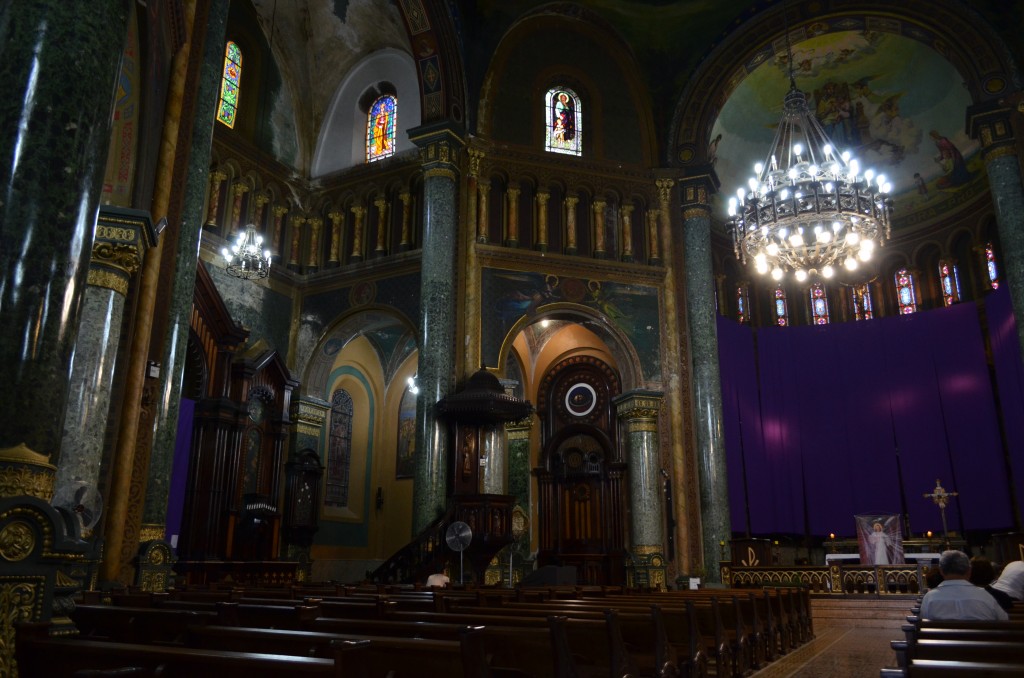
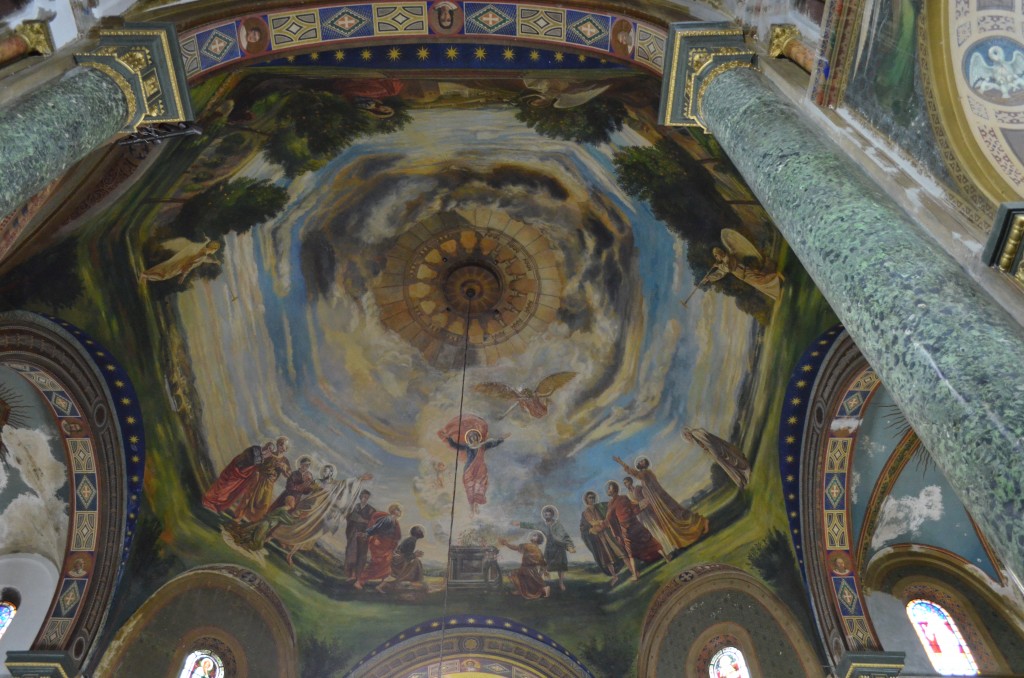
The next day we woke up bright and early and headed towards the Benedito Calixto Sunday market. On the way we stumbled upon another surprising church, Igreja Nossa Senhora do Brasil. Our host said that if we ever want to have a ceremony at this church, the waiting list is 2 years long so we better hurry.
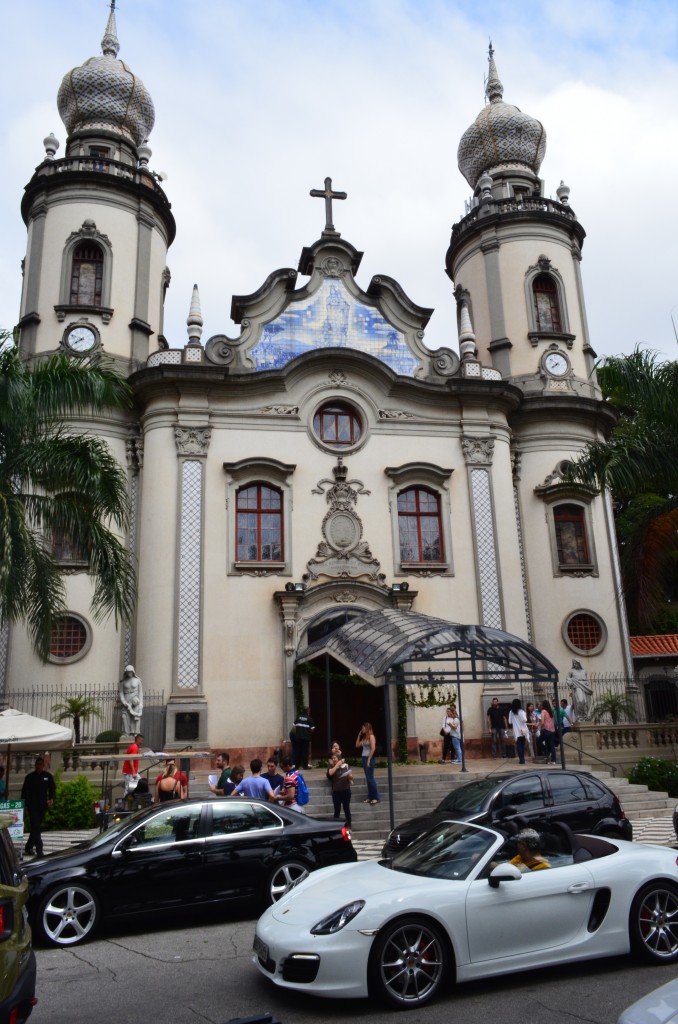
The lower part of the inside is made from hand painted tile and feature everything from the UN building in NY to a portrait of the Pope and flowers. The ceiling is panelled with reproductions of famous religious themed works of art, such as the The Last Judgment by Michelangelo that thrones over the Sistine Chapel in the Vatican. Further on, above the altar the ceiling is painted with the Virgin Mary, the Big dipper and a jaguar circling a bare breasted native indian woman.
Our intermediate destination for the day, the Calixto Sunday market is held in a modest square and locals come to sell antiques, knick-nacks and fortunately for us, street food from all over Brasil.
There was even a live band playing samba jazz while you go from stall to stall and try to figure out what is on the menu.
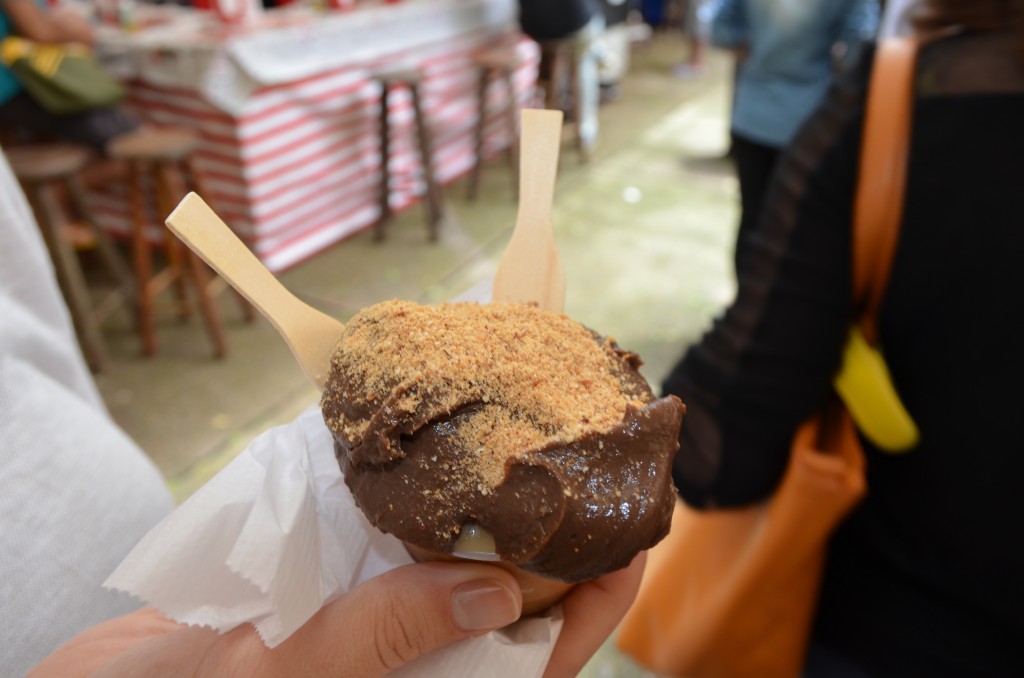
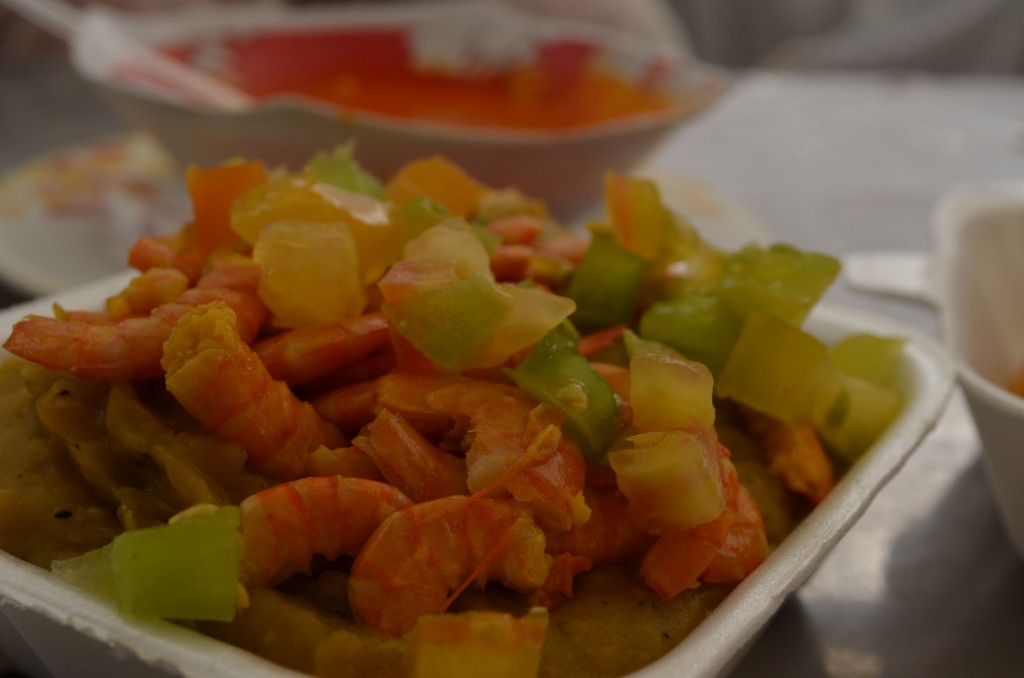
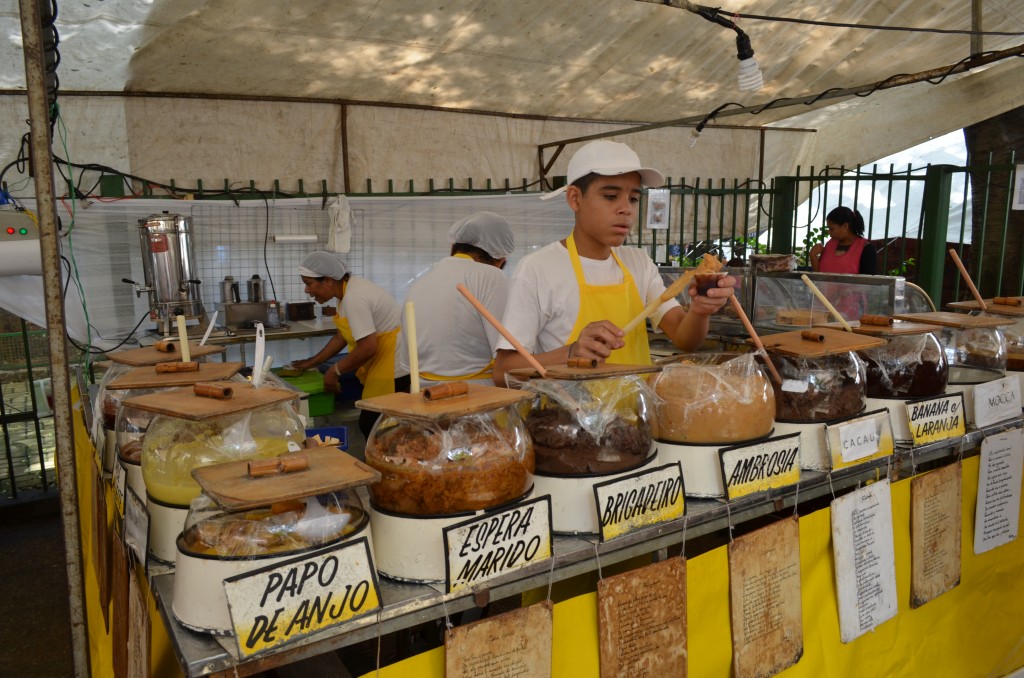
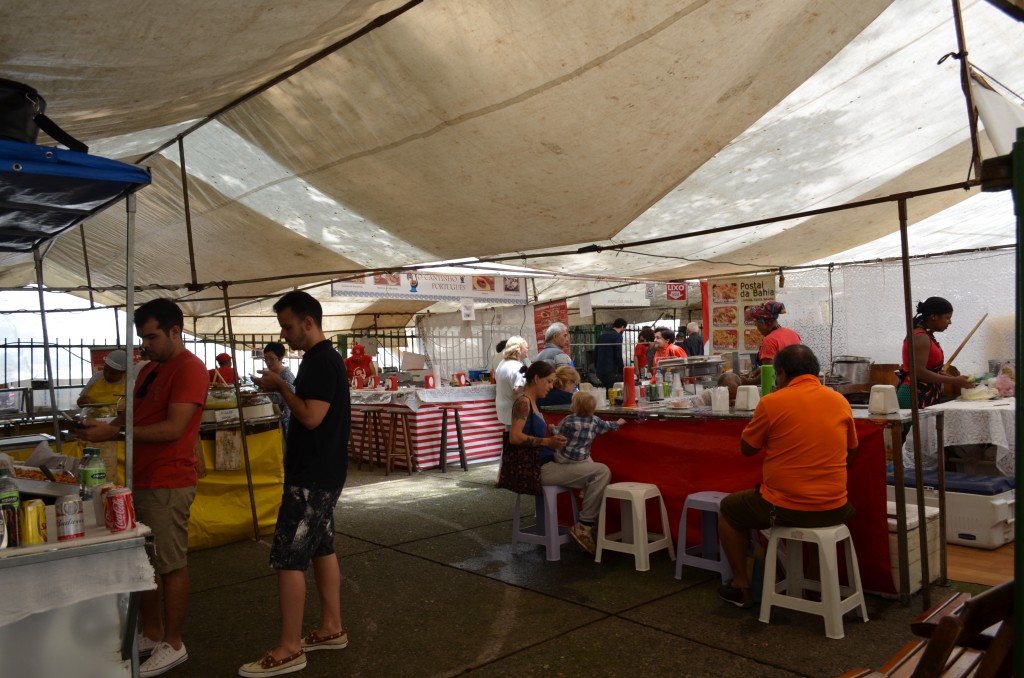
After diving for a bit in the culinary adventure, shake off the extra calories by visiting Beco do Batman or Batman Alley. Rumour has it the area was named after one of the first graffiti made there, depicting the cloaked superhero but nowadays you can just spot the random batman reference here and there.
The few lanes taken over by street artists are eye-catching, free and are more diverse than a museum curator would dare juxtapose. The folk art if you will of Sao Paulo is very rich, with thousands of artists decorating every corner they can find. The area is more like a hub for the most talented to go wild, but the whole city is sprayed and stencilled, much to our delight.
The graffiti filled walls and fences lead into the Villa Madalena neighbourhood where all the hippie, artsy, artisanal beer making eco warriors have gathered and made it their own.
You can find various art expos, samba bars, commune farming outlets and all sorts of options to grab a snack and beer and just relax.
If this is not your scene or you are not in the mood for a cold beer (or 2 or 5) make your way to the metro station and head over to Liberdade.
The Liberdade avenue and adjacent streets are known as the Japanese quarter and are home to many Japanese shops, hotels and food markets to cater to the largest community of Japanese people outside of Japan.
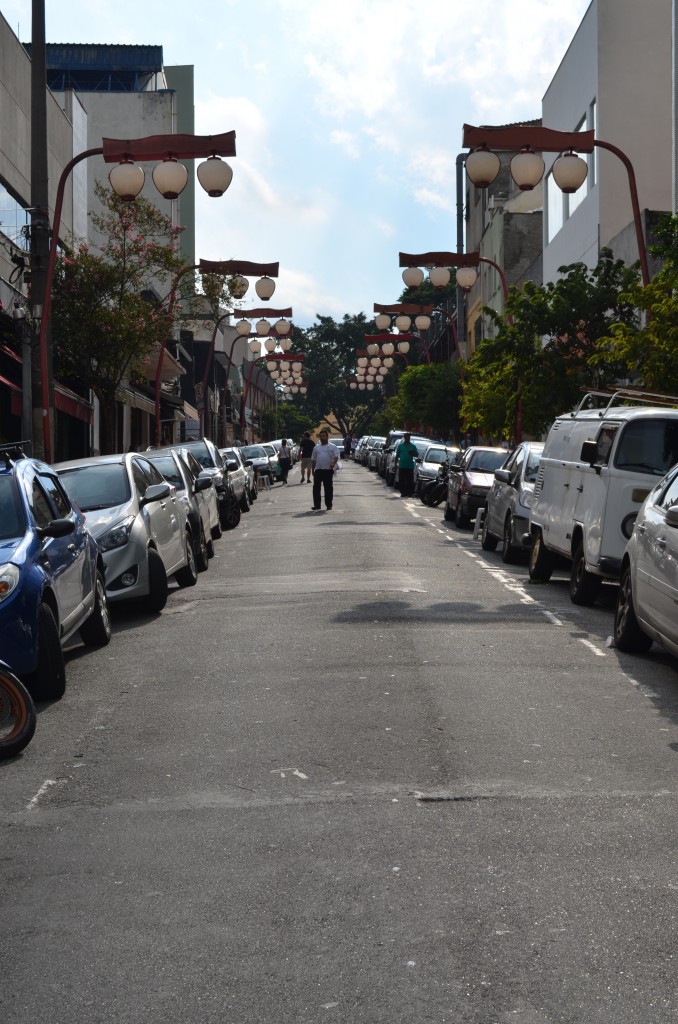
You would not expect to get fresh sushi or yakisoba in the middle of Sao Paulo but that is exactly what you can do.
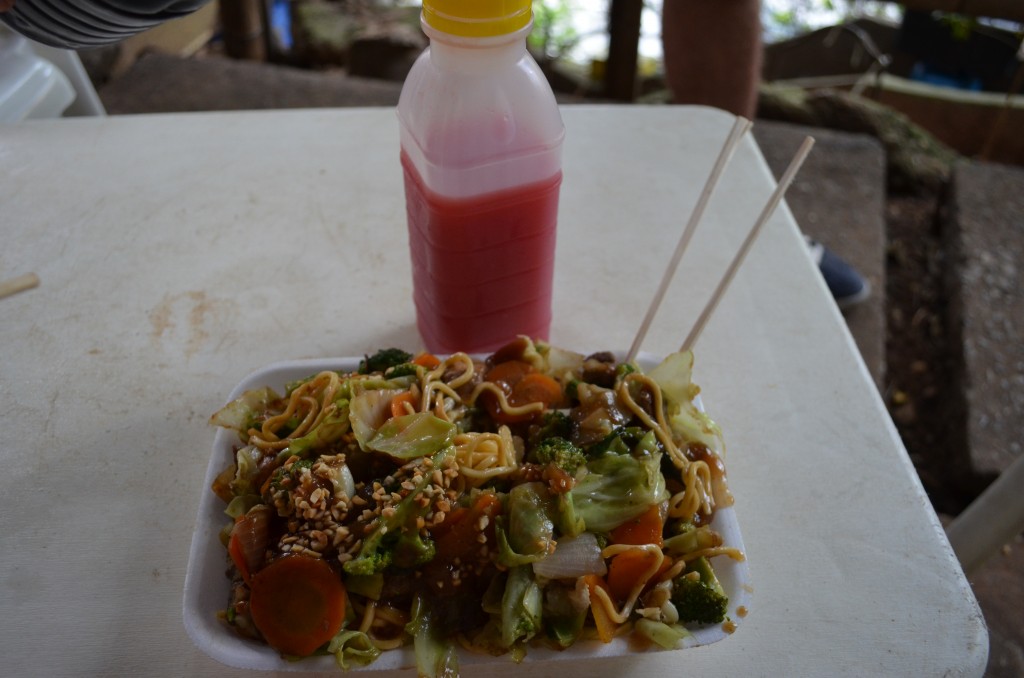
Another famous part of town is the Ibirapuera park.
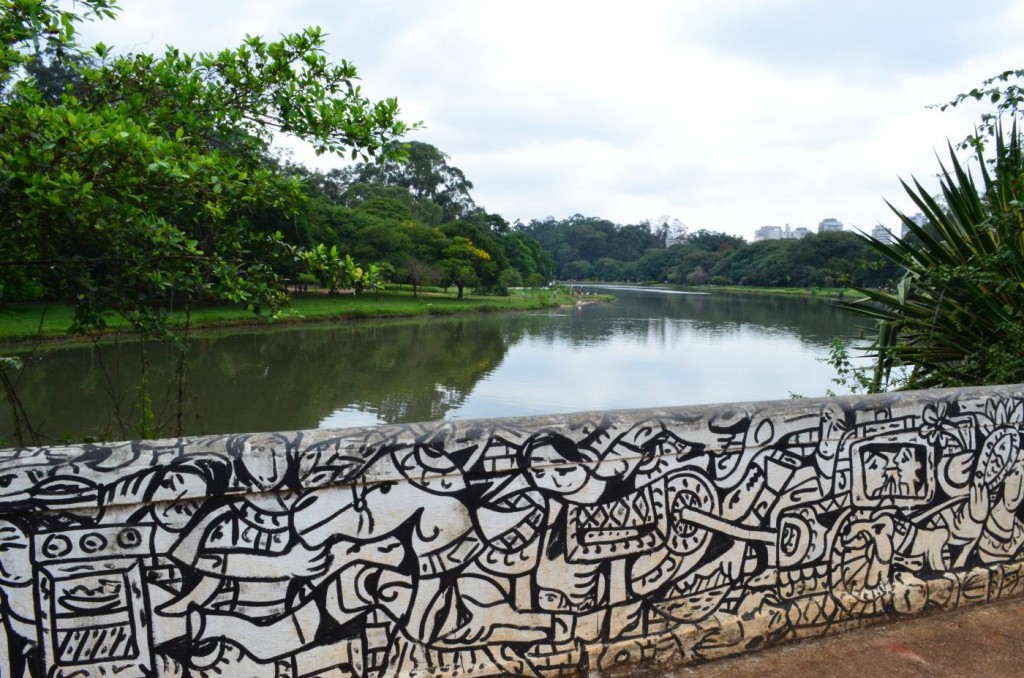
What I came to see in this park is actually the collection of Oscar Niemeyer buildings that are spread out throughout the park. The architect said once about his buildings:
“I am not attracted to straight angles or to the straight line, hard and inflexible, created by man. I am attracted to free-flowing, sensual curves. The curves that I find in the mountains of my country, in the sinuousness of its rivers, in the waves of the ocean, and on the body of the beloved woman. Curves make up the entire Universe, the curved Universe of Einstein.source“
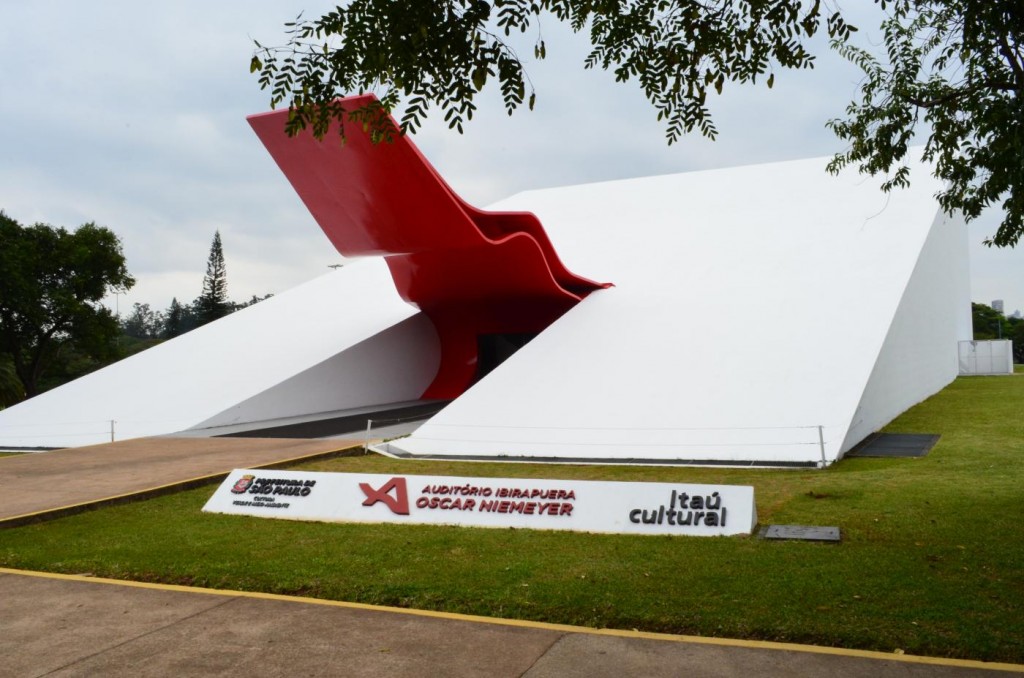
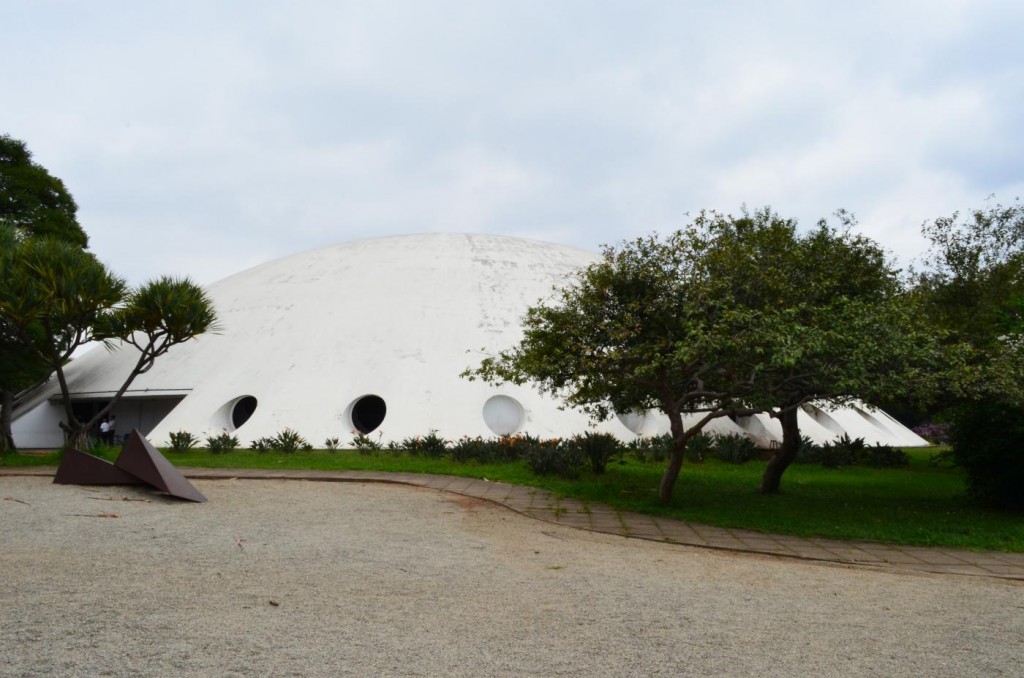
Sao Paulo is big, beautiful, hard and unforgiving, fun and exciting and scary. It’s a physical and emotional roller-coaster that I would get on again and again and I hope someday I will get the chance to bask in its youth once more.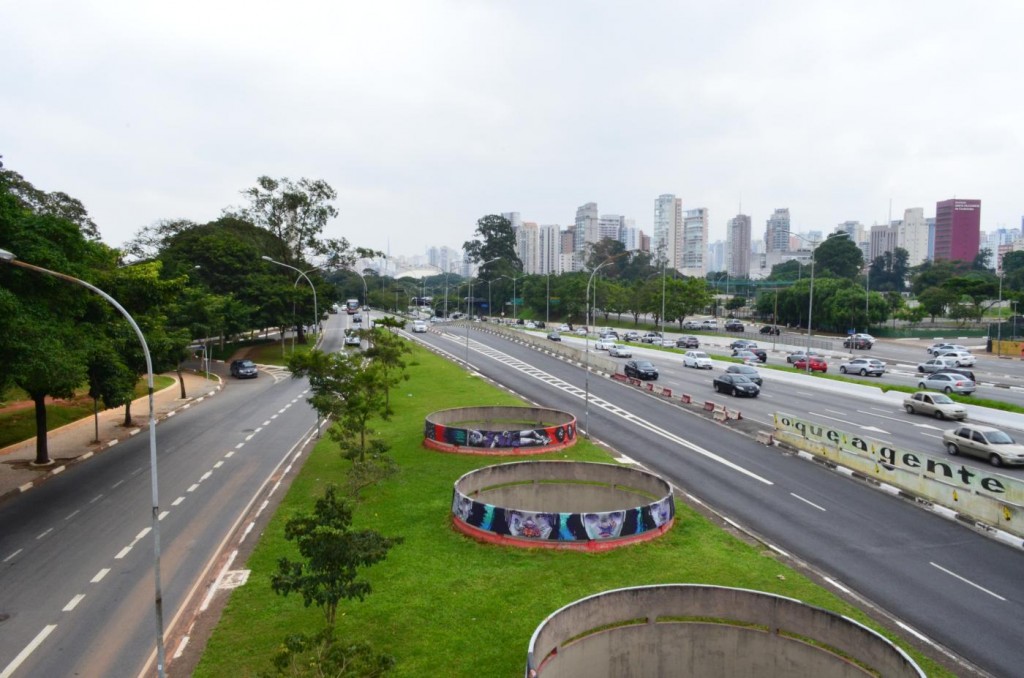
See also the article on the 2 million people protest we ran into while in Sao Paulo.
Main attractions in Sao Paulo:


